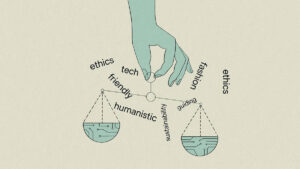
It is no doubt that the conversation around copyright infringement within art and design is complex, but it is necessary to ensure the rights to an artist’s hard work. In reading about the ‘Hope Poster Case’ or ‘Fairey v. AP’, the fair use agreement was argued in different ways: Fairey argued his use of the Garcia photo was fair use because of his manipulations and added meaning to the artwork, and the AP argued, the photo was used without Garcia’s permission. Fairely’s decision to withhold evidence was unethical and created more problems for his case. The involvement of ethics is now thrown into the mix. Concerning this case, discourse around ethics was talked about around transparency, trust, accountability, and honesty. Fairey demonstrated a lack of moral ethics during this case and is a moment in history that really defines the conversation in the art community behind Fair Use.
The way that this has influenced my work flow in the future, it to make sure that any piece of art that is not my own is properly creditted. It is also imperitive to make sure to be completely transformative in your use of the image, otherwise you are simply making a derivative work that the original image creator would have rights over.
Citations:
“AIGA Design and Business Ethics Handbook.” AIGA, 2021, www.aiga.org/sites/default/files/2021-03/Design-Business-and-Ethics.pdf.
Fisher, William, et al. “Reflections on the Hope Poster Case.” Harvard Journal of Law and Technology, vol. 25, 2012, p. 244



